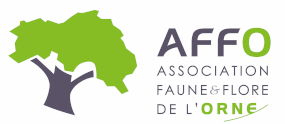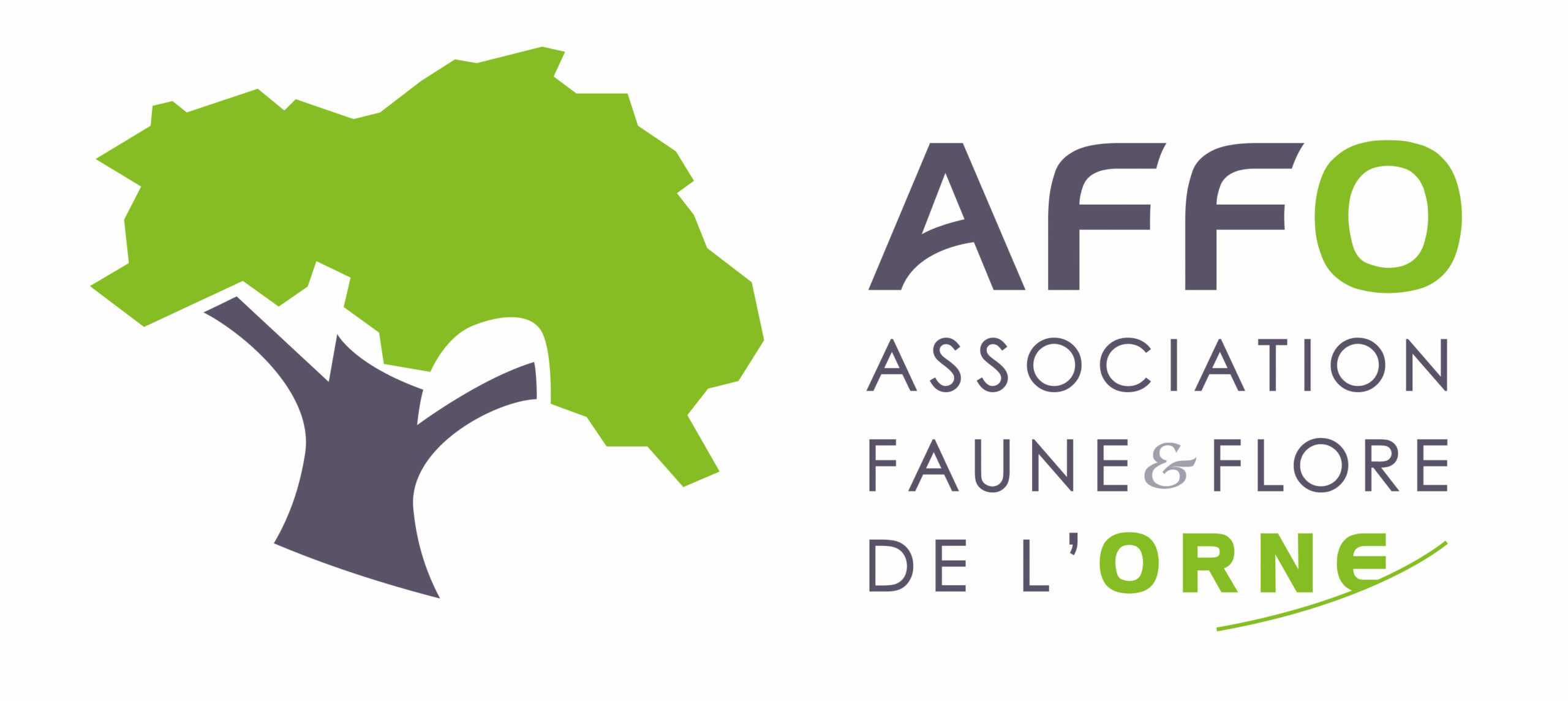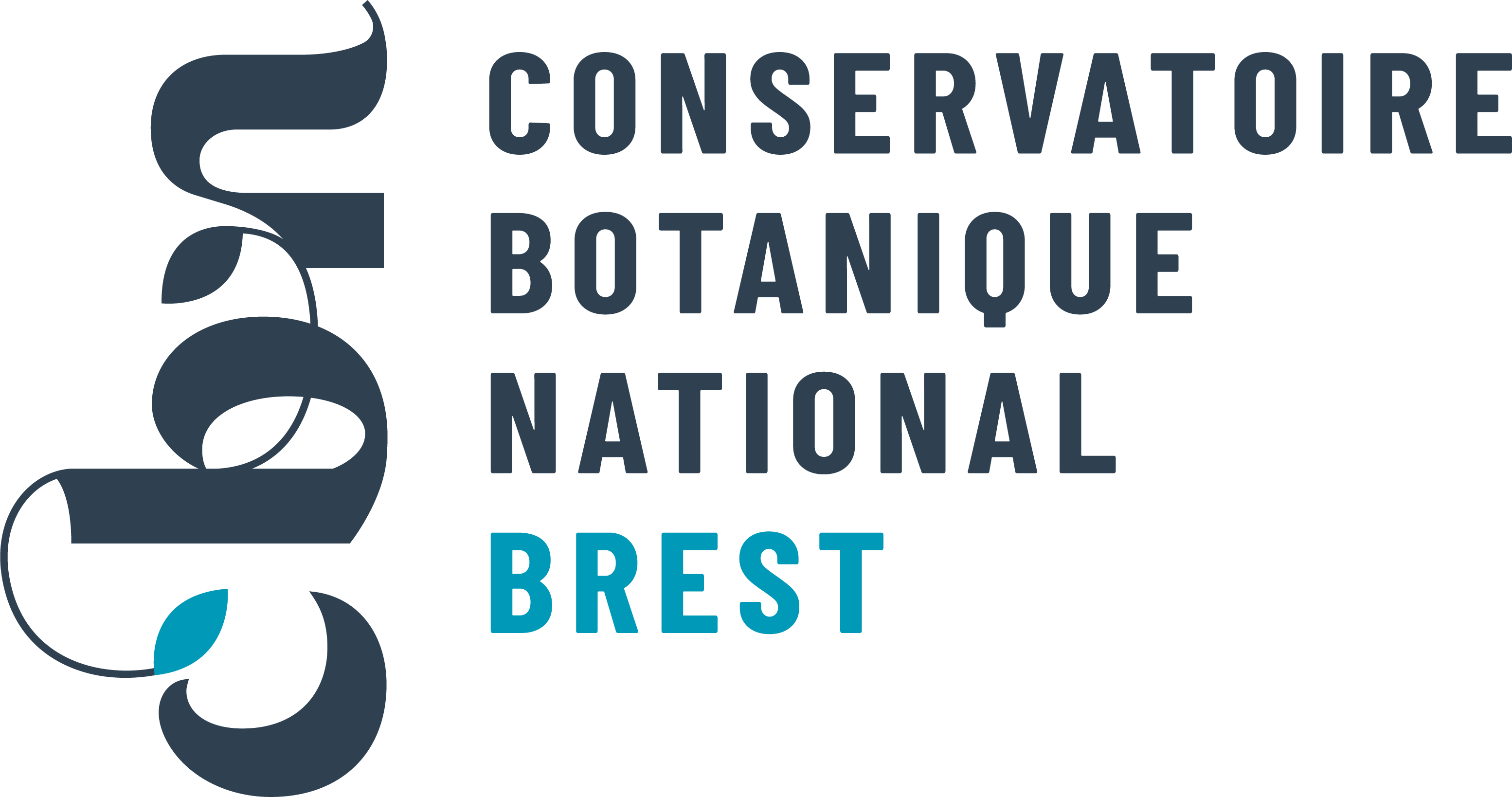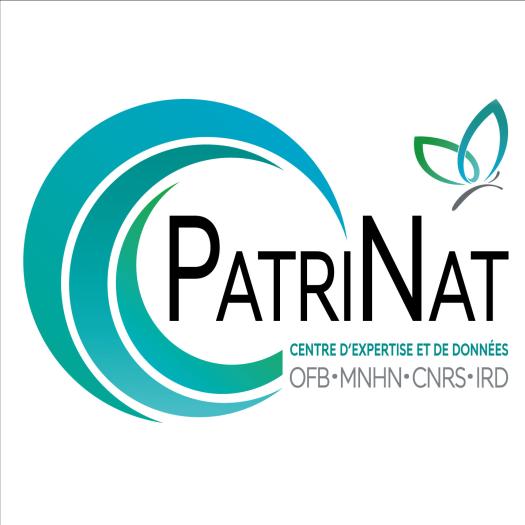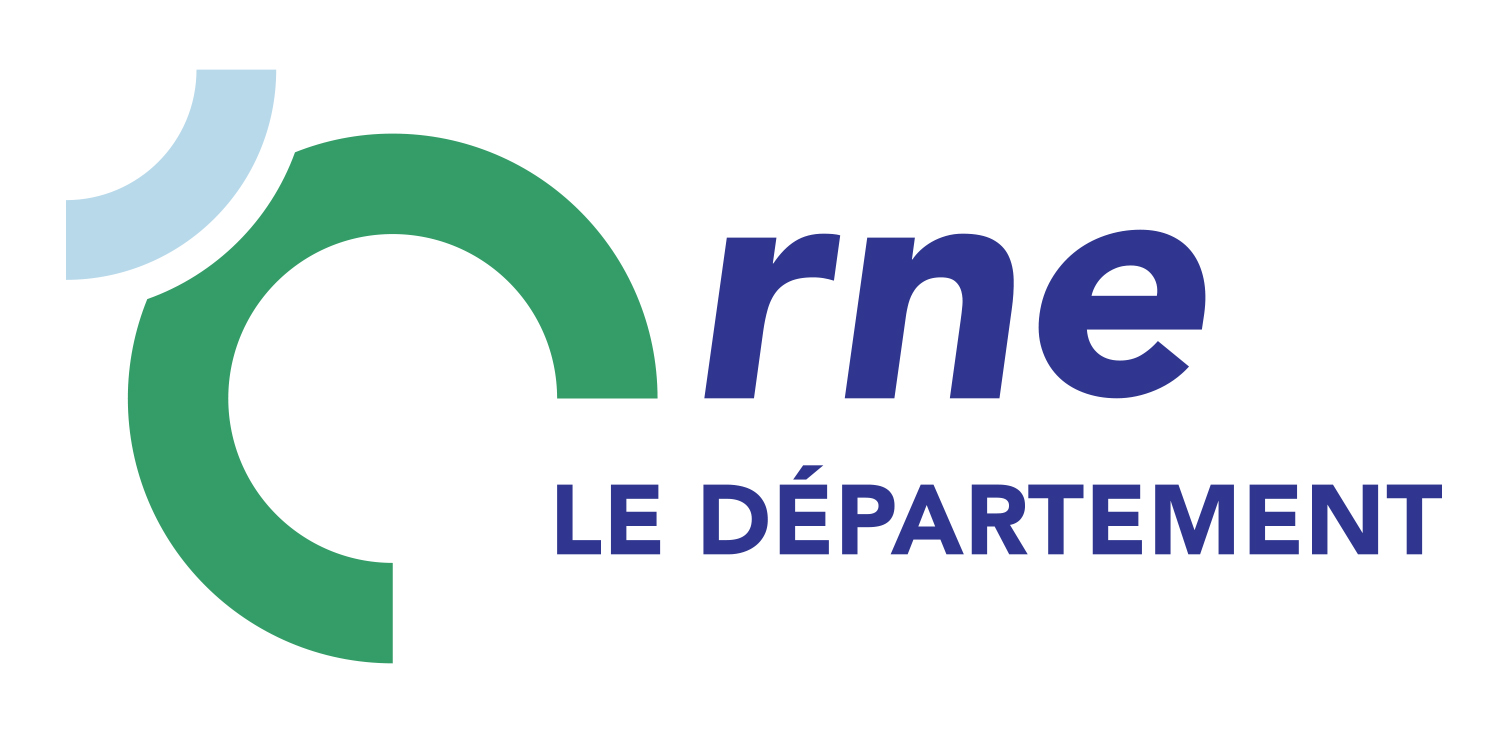Véronique officinale
Veronica officinalis L., 1753
Où cette espèce a-t-elle été observée ?
 Attention : cette espèce peut être présente où il n’y a pas de maille, mais à ce jour elle n’y a pas encore été observée.
Attention : cette espèce peut être présente où il n’y a pas de maille, mais à ce jour elle n’y a pas encore été observée.
- 258 observations
-
93
communes -
42
observateurs
10
organismes -
Première observation
1900 -
Dernière observation
2025
Arcisses - Authon-du-Perche - Beaulieu - Beaumont-les-Autels - Belforêt-en-Perche - Belhomert-Guéhouville - Bellavilliers - Bellou-le-Trichard - Béthonvilliers - Bizou - Bretoncelles - Ceton - Champeaux-sur-Sarthe - Champrond-en-Gâtine - Champrond-en-Perchet - Chapelle-Guillaume - Chapelle-Royale - Charbonnières - Charencey - Chassant - Combres - Corbon - Coulimer - Courgeon - Cour-Maugis sur Huisne - Dame-Marie - Digny - Feings - Frazé - Happonvilliers - Irai - Jaudrais - La Bazoche-Gouet - La Chapelle-Fortin - La Chapelle-Montligeon - La Ferté-Vidame - La Framboisière - La Gaudaine - La Loupe - La Madeleine-Bouvet - Lamblore - La Ventrouze - Le Mage - Le Pas-Saint-l'Homer - Le Pin-la-Garenne - Les Aspres - Les Corvées-les-Yys - Les Étilleux - Les Genettes - Les Ressuintes - L'Hôme-Chamondot - Loisail - Longny les Villages - Louvilliers-lès-Perche - Luigny - Manou - Marolles-les-Buis - Miermaigne - Montireau - Montlandon - Mortagne-au-Perche - Moulhard - Moutiers-au-Perche - Nogent-le-Rotrou - Nonvilliers-Grandhoux - Perche en Nocé - Pervenchères - Rémalard en Perche - Réveillon - Rohaire - Sablons sur Huisne - Saint-Cyr-la-Rosière - Saint-Denis-sur-Huisne - Saint-Germain-des-Grois - Saint-Hilaire-le-Châtel - Saintigny - Saint-Jean-Pierre-Fixte - Saint-Jouin-de-Blavou - Saint-Langis-lès-Mortagne - Saint-Mard-de-Réno - Saint-Martin-du-Vieux-Bellême - Saint-Maurice-Saint-Germain - Saint-Ouen-de-Sécherouvre - Saint-Quentin-de-Blavou - Saint-Victor-de-Buthon - Senonches - Soligny-la-Trappe - Thiron-Gardais - Tourouvre au Perche - Val-au-Perche - Vaunoise - Vaupillon - Verrières
-
Association Faune & Flore de l'Orne (AFFO)
Participation à 123 Observations
Part d'aide à la prospection : 47.67 %
Fiche organisme
-
Conservatoire botanique national du Bassin parisien (CBNBP)
Participation à 88 Observations
Part d'aide à la prospection : 34.11 %
Fiche organisme
-
Conservatoire Botanique National de Brest (CBNB)
Participation à 85 Observations
Part d'aide à la prospection : 32.95 %
Fiche organisme
-
PNR et géoparc mondial UNESCO Normandie-Maine
Participation à 82 Observations
Part d'aide à la prospection : 31.78 %
Fiche organisme
-
Institut floristique franco-belge (IFFB)
Participation à 11 Observations
Part d'aide à la prospection : 4.26 %
Fiche organisme
-
UMS PatriNat (OFB-CNRS-MNHN)
Participation à 10 Observations
Part d'aide à la prospection : 3.88 %
Fiche organisme
-
Ministère de la Transition écologique et de la Cohésion des territoires
Participation à 3 Observations
Part d'aide à la prospection : 1.16 %
Fiche organisme
-
Conseil départemental de l'Orne (bureau ENS)
Participation à 3 Observations
Part d'aide à la prospection : 1.16 %
Fiche organisme
-
Institut national de l'information géographique et forestière (IGN)
Participation à 2 Observations
Part d'aide à la prospection : 0.78 %
Fiche organisme
Informations espèce
Source : Biodiv'Écrins, Parc national des Écrins
G1.76 : Balkano-Anatolian thermophilous Quercus forests
G1.7A111 : Chênaies à Chêne sessile occidentales à Potentille blanche
G1.7A113 : Pannonic hairy greenweed sessile oak woods
G1.862 : Cantabrian acidophilous oak forests
G1.87123 : Dacian dyer's greenweed oak forests
G1.8731 : Black broom-oak forests
G1.87332 : Illyrian chestnut-sessile oak forests
G1.8734 : Illyrian birch-sessile oak acidophilous forests
G3.3241 : Pinèdes de Pin à crochets à Véronique
G3.4B1 : Pinèdes à Pin sylvestre pyrénéennes xérophiles
Répartition actuelle en France métropolitaine
© INPN - Avertissement : les données visualisables reflètent l'état d'avancement des connaissances et/ou la disponibilité des données existantes au niveau national : elles ne peuvent en aucun cas être considérées comme exhaustives.
Répartition actuelle dans le monde
Avertissement : les données visualisables reflètent l'état d'avancement des connaissances et/ou la disponibilité des données existantes au niveau mondial : elles ne peuvent en aucun cas être considérées comme exhaustives.







